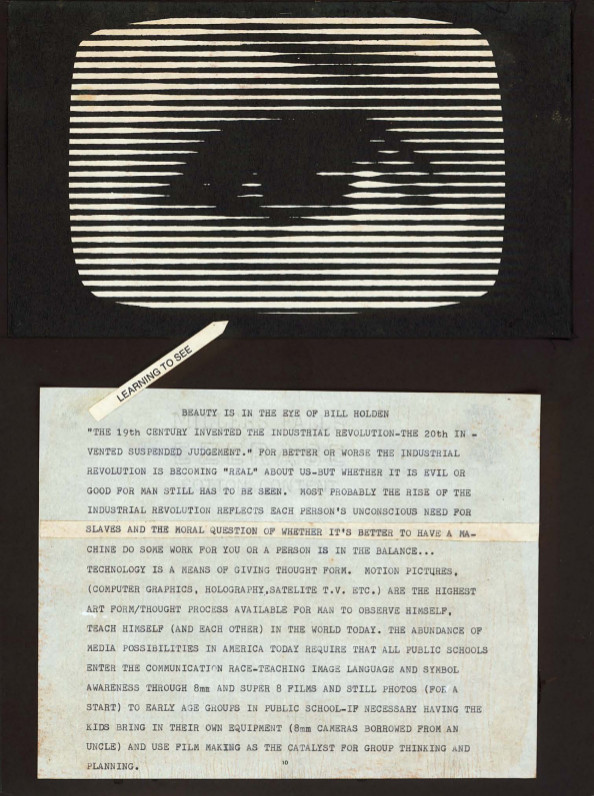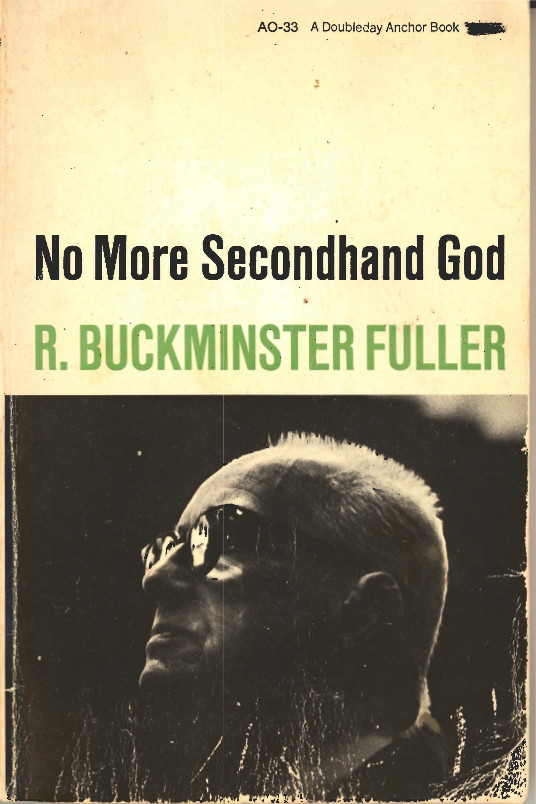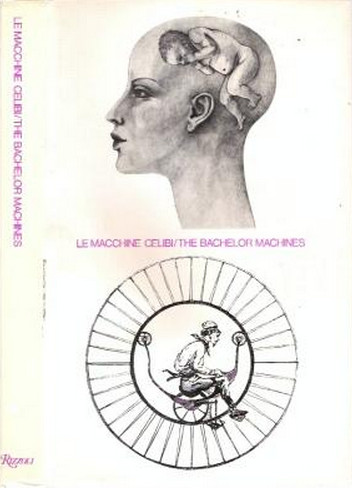Stan VanDerBeek: Violence Sonata / The History of Violence in America (1970)
Filed under artist publishing | Tags: · art, collage, education, machine, mass media, media, participation, performance, technology, television, violence

Stan VanDerBeek was part of the “Rockefeller Artists-in-Television” residency program at Boston public television station WGBH from 1969–1970, during which time he produced the simulcast television program Violence Sonata. The program, directed by David Atwood and Fred Barzyk, was transmitted simultaneously on both Channels 2 and 44 on January 12, 1970, with the suggestion that viewers place two television sets side-by-side. Following sonata form, the piece is composed of three segments: “Man,” “Man to Woman,” and “Man to Man.” The simultaneous broadcast consisted of material VanDerBeek composed from previous films, archival and newsreel footage, video shot in Boston for the show, and filmed collages, further manipulated and enhanced through overlays and color saturation. Sections of the broadcast were played before a live studio audience, with actors also performing a play written by VanDerBeek for the show. Home viewers were encouraged to call in their responses to the program between the acts. The series of collages entitled The History of Violence in America was conceived as layouts for reproduction and publication in a booklet to accompany the broadcast.
Commentary: Melissa Ragain (X-TRA, 2012).
Video excerpt (Violence Sonata)
PDF (Violence Sonata – script, photo documentation, sketches, collages, reviews)
PDF (The History of Violence in America, 22 pages)
R. Buckminster Fuller: No More Secondhand God and Other Writings (1963/1971)
Filed under book | Tags: · art, machine, science, technology

These prose pieces and prose-poem essays show the development of the thinking of R. Buckminster Fuller, the world-famous inventor of the Geodesic dome. Fuller himself aptly describes these pieces as “mental mouthfuls and ventilated prose.” The title poem No More Secondhand God, written in 1940, proposes practical means for daily or hourly telephone voting by democracy. In another prose-poem Fuller formulates his “comprehensive anticipatory design science.” Each of the pieces in this book is an adventure for the mind; each “generates sublimity of those poetical moments of man’s fleeting glimpses of the omniscient.”
Originally published by Southern Illinois University Press, 1963
Publisher Anchor Books, New York, 1971
145 pages
PDF (no OCR)
Comment (0)Jean Clair, Harald Szeemann (eds.): The Bachelor Machines (1975) [DE/FR, IT/EN]
Filed under catalogue | Tags: · art, machine

A travelling exhibition interpreting Marcel Duchamp’s work The Bride Stripped Bare by Her Bachelors, Even, shown at Union-Centrale des Arts Décoratifs, Paris; Musée de l’Homme et de l’Industrie, Le Creusot; Konsthall Malmö; and Stedelijk Museum, Amsterdam.
With texts by Marc Le Bot, Bazon Brock, Michel Carrouges, Michel de Certeau, Jean Clair, Peter Gorsen, Gilbert Lascault, Jean-François Lyotard, Gunter Metken, Alain Montesse, René Radrizzani, Arturo Schwarz, Michel Serres, Harald Szeemann.
Publisher Alfieri, Venice, 1975
236 pages
Italian/English edition
Publisher Rizzoli International Publications, New York, 1975
ISBN 0847800199, 9780847800193
236 pages
WorldCat (DE/FR)
WorldCat (IT/EN)
Junggesellenmaschine / Les machines célibataires (German/French, 1975, 99 MB, added on 2019-12-6)
Le Macchine Celibi / The Bachelor Machines (Italian/English, 1975, 53 MB, no OCR, updated on 2019-12-6)

